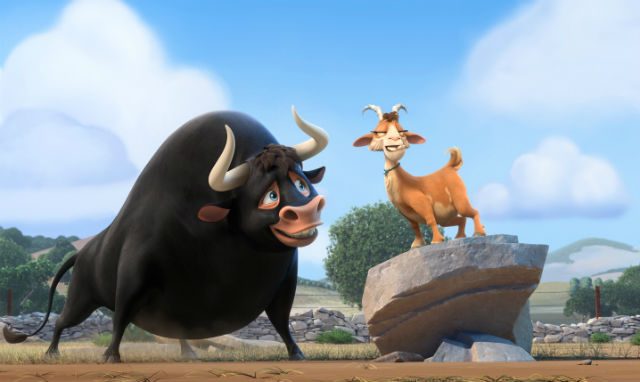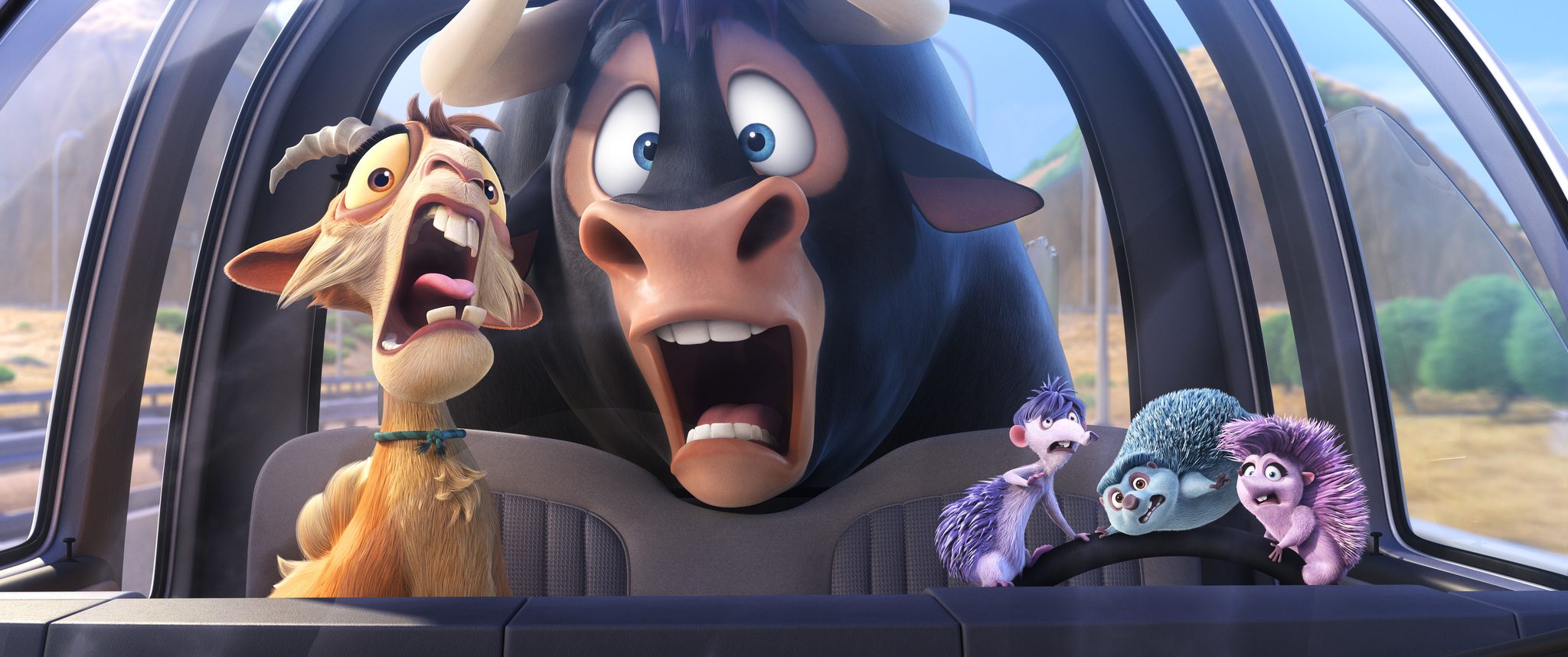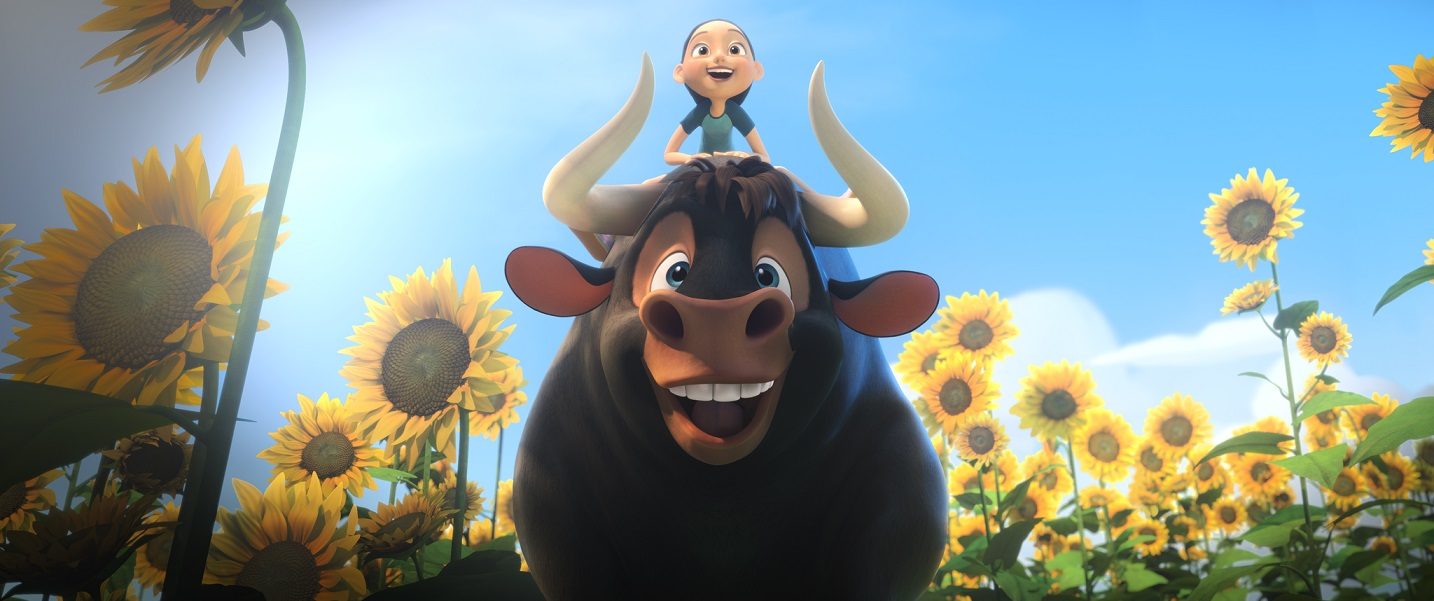SUMMARY
This is AI generated summarization, which may have errors. For context, always refer to the full article.

In the 1938 Walt Disney-produced Ferdinand the Bull, the 7-minute adaptation of Munro Leaf and Robert Lawson’s The Story of Ferdinand, the act of the humongous bull smelling flowers despite the protestations of the matador is a hilarious sight. (READ: 10 things to know about ‘Ferdinand,’ the road movie about a gentle bull)
It emphasizes the stark absurdity of a supposedly violent animal preferring the folly of appreciating nature to the excitement of fulfilling its destiny of competing with a fierce bullfighter. What Disney’s cartoon fails to do, however, is to properly introduce the bull as a complete character.
Ferdinand’s appreciation for flowers feels more like a punchline than a rallying slogan for diversity.
Quirk and uniqueness
In the climactic scene of the 2017 adaptation of Leaf and Lawson’s children’s book, we also see the titular bull, cleverly voiced by wrestler-turned-actor John Cena, opting to smell the flowers than to fight his human nemesis.
But the emotional impact is far greater or at the very least less reliant on the potential humor of the absurdity than in the 1938 version.

Carlos Saldanha updates the material to suit today’s very many concerns, resulting in something that feels more complex despite its very amiable and conventional look.
Ferdinand is no longer just a bull who stubbornly resists his fate. In Saldanha’s film, he also becomes a victim of bullying, a survivor of the trauma of having a parent doomed by the cruelty of humanity, and an advocate of quirk and uniqueness.
Silliness and slapstick

Saldanha’s film understandably expands the source material to fill in the lengthier running time.
It also introduces new characters, some of which overcrowd the refurbished tale with unnecessary side stories that inexplicably delay the film’s pay-off with inconsistent humor and spectacle.
For sure, Ferdinand doesn’t need too many chit-chatty bulls, too many colorful hedgehogs, and too many fancy stallions but the additional characters earn their keep with ingenious fun. The cartoon aptly complements its loftier ambitions with silliness and slapstick.
A lot of the frivolous diversions work to keep the nagging fact that the story is just being overextended at bay, but the cartoon is really most memorable when it stands by the meat and spirit of Leaf and Lawson’s simple but resounding work.
Roundabout way

The now-glossier cartoon succeeds in its very roundabout way of telling its tale. Ferdinand inspires young viewers to be comfortable in their own skin even amid societal expectations. – Rappler.com

Francis Joseph Cruz litigates for a living and writes about cinema for fun. The first Filipino movie he saw in the theaters was Carlo J. Caparas’ Tirad Pass. Since then, he’s been on a mission to find better memories with Philippine cinema.
Add a comment
How does this make you feel?
There are no comments yet. Add your comment to start the conversation.